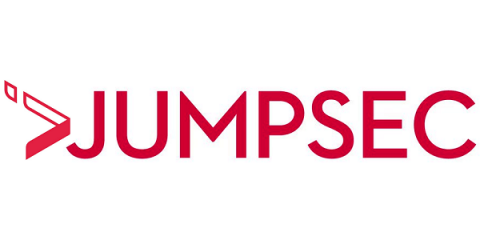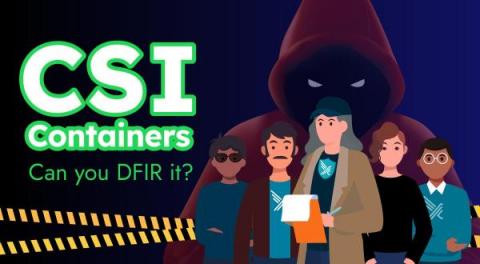Security | Threat Detection | Cyberattacks | DevSecOps | Compliance
Latest News
Unknown Number? What Is Vishing and How Scammers Pull It Off
Enforcing Role-based Access Control (RBAC) Policies with OPA
A common use case our customers have for Open Policy Agent (OPA) is access control. The problem of access control is generally broken down into two parts, authentication and authorization. Authentication is about making sure we can trust someone’s stated identity, authorization is making decisions about who can do what.
The Ultimate Guide to Sigma Rules
Microsoft Direct Send - Phishing Abuse Primitive
This vector abuses Microsoft Direct Send service in order to propagate phishing emails from an external sender to an internal user, whilst spoofing the properties of a valid internal user. This “feature” has existed since before 2016. However, threat intelligence available to JUMPSEC has only observed it being abused recently.
A New Company Name With a Stronger Connection to Our Mission
CSI Container: Can you DFIR it?
Do you like detective series? Have you ever thought about them actually taking place in cybersecurity? What do you think of CSI on containers? Are you interested in how to apply Digital Forensics and Incident Response (DFIR) to containers and clusters? If all your answers are YES, you will love this article. The CloudNative SecurityCon occurred in early February 2023, where leading security experts gathered to present their latest research and projects.
Why Managed Service Providers are Essential to the Modern Organization
The best-managed service solution paired with a top-managed service provider means your operations are more resilient.











